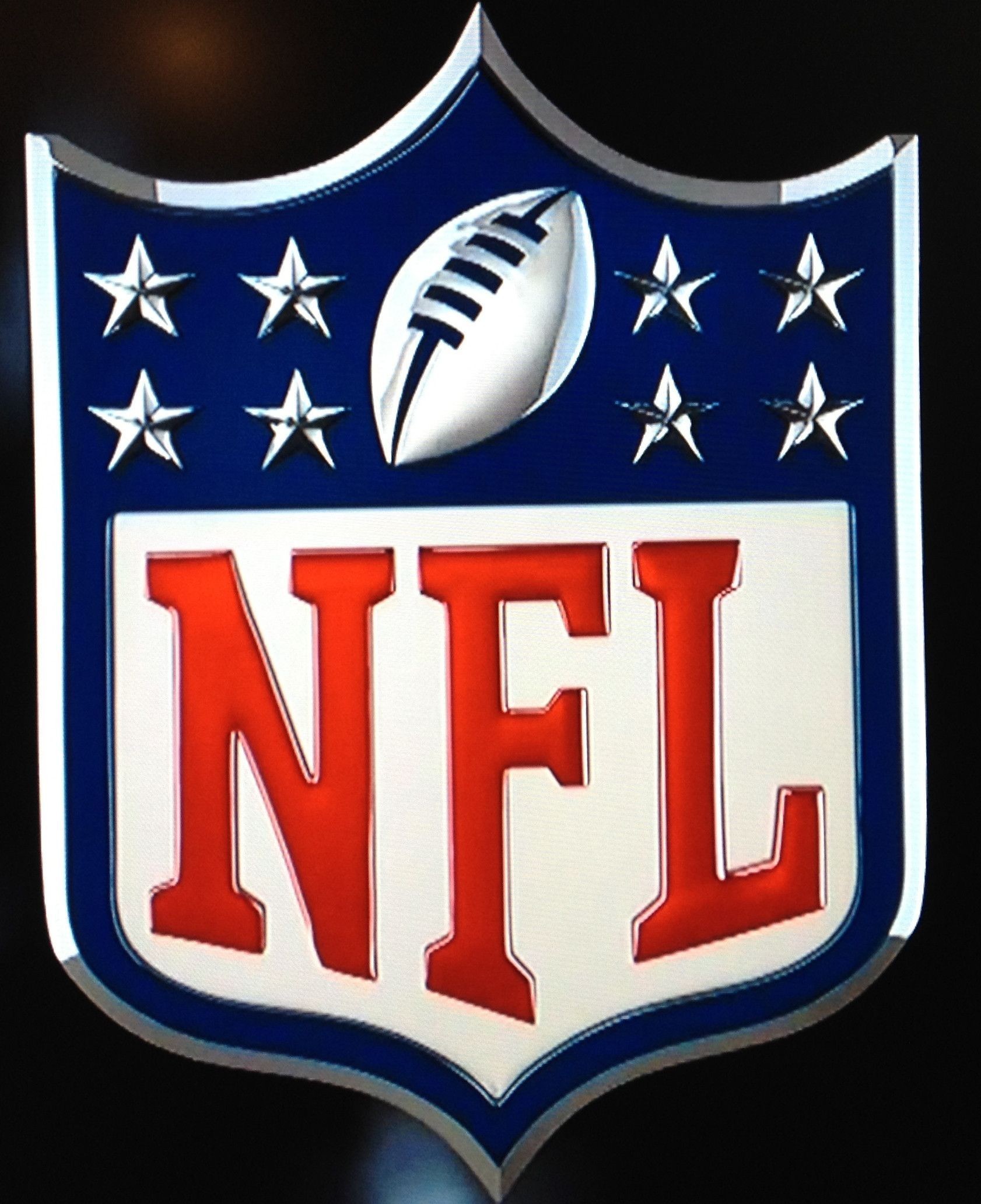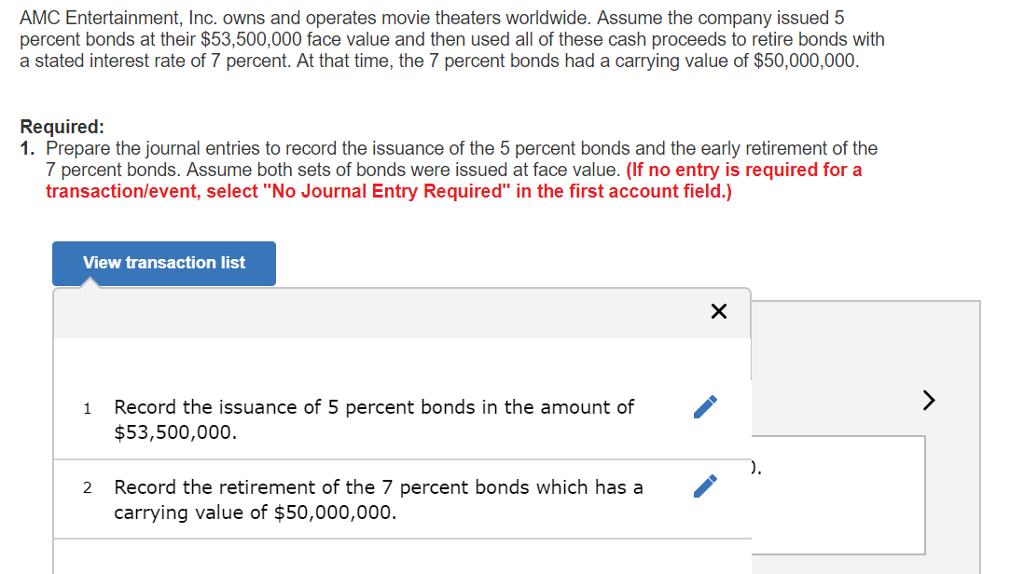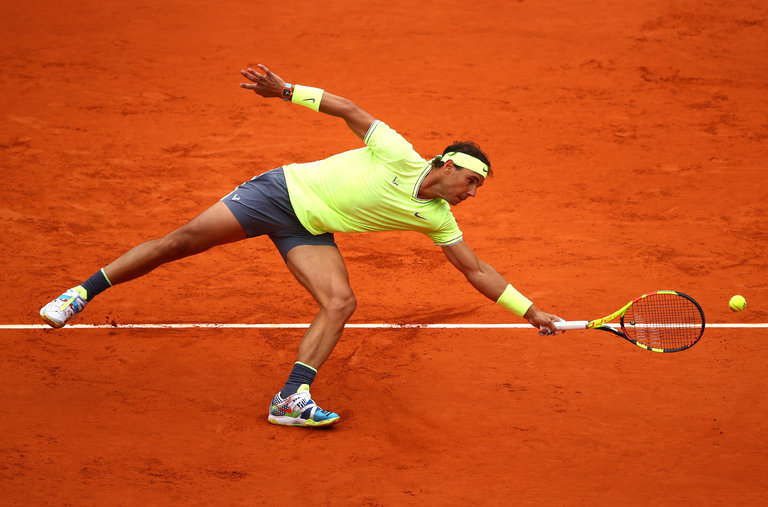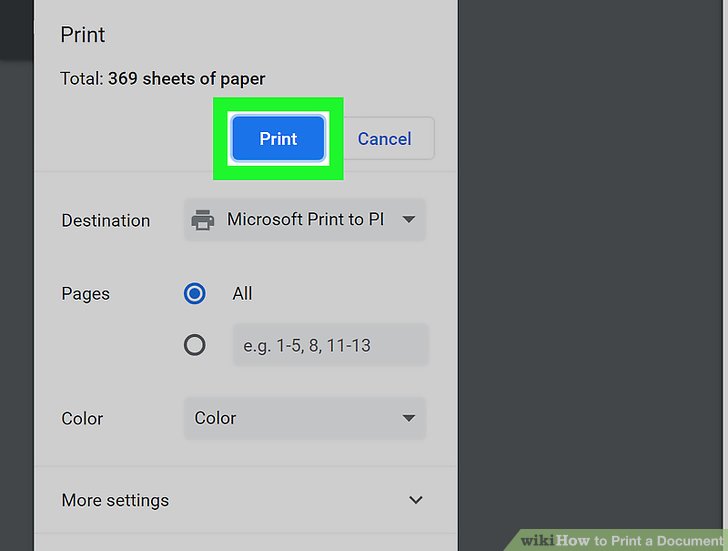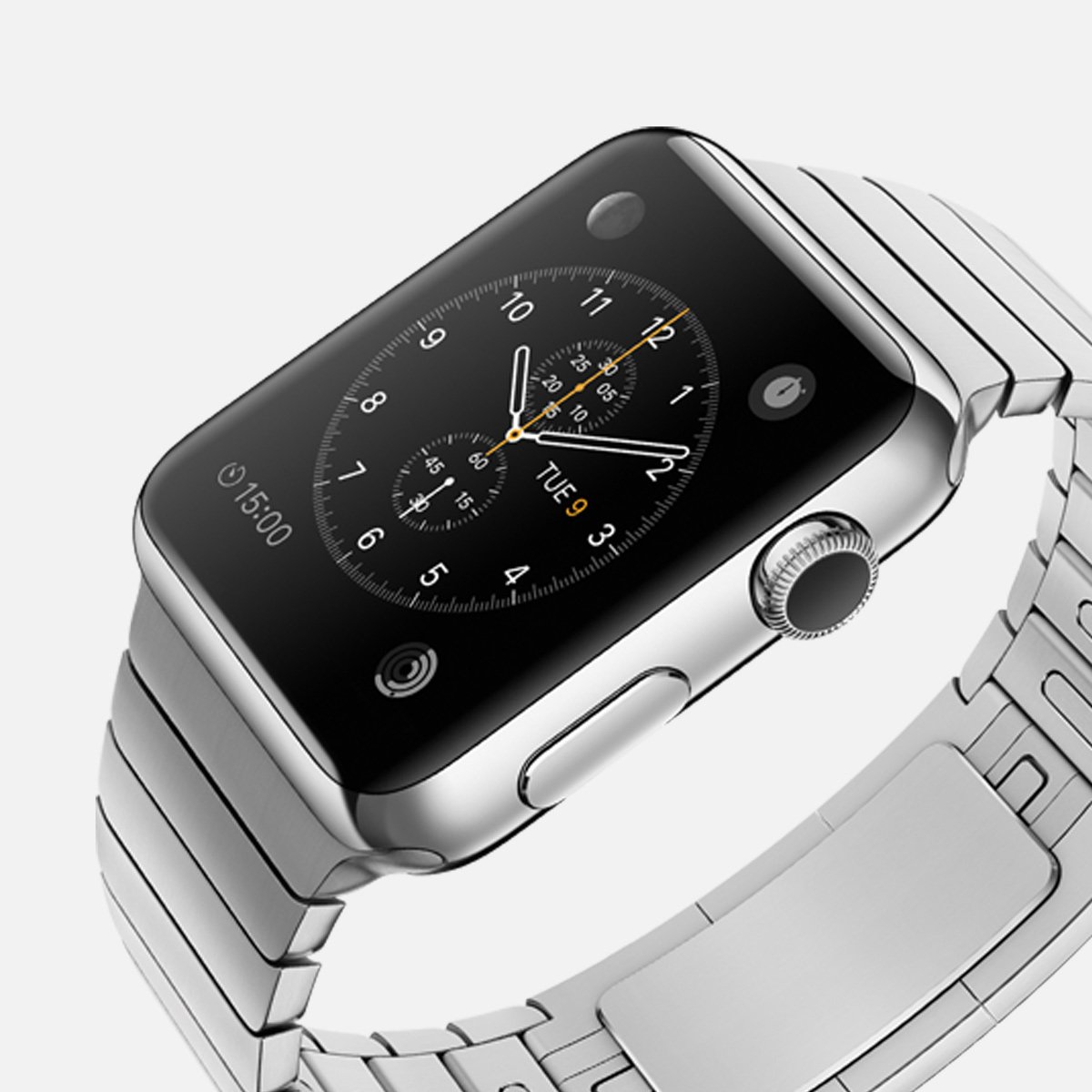Is a Pencil Technology? Exploring the Evolution and Innovation Behind a Timeless Tool
Introduction: Rethinking the Pencil as Technology
At first glance, a pencil may seem like a simple, even primitive, tool. Yet, beneath its familiar wooden exterior lies a surprising story of technological innovation and continuous improvement. The question “is a pencil technology” prompts a deeper look at the intersection of traditional stationery and modern manufacturing. Today’s pencils are not just relics of the past-they are products of advanced engineering, automation, and material science, demonstrating how even everyday objects evolve through technological progress [1] .
In this article, we explore how technology underpins the design, production, and ongoing innovation of pencils. We also offer practical insights into how these advancements affect users, the environment, and the industry as a whole.

Source: cliparts.co
The Pencil as a Technological Invention
Pencils are, by definition, a form of technology. The term “technology” refers to the application of scientific knowledge for practical purposes, especially in industry. The pencil, invented centuries ago, was itself a breakthrough: it replaced ink-based writing instruments with a compact, portable, erasable alternative. The earliest pencils used graphite encased in wood, a technique that relies on material selection and precision engineering [3] .
Modern pencils are the result of continuous technological refinement. The manufacturing process combines wood, graphite, clay, adhesives, and coatings, all chosen and processed using scientific principles to optimize writing quality, durability, and cost-effectiveness. This makes the pencil a prime example of a technology that has quietly adapted to changing times and needs.
Technological Advancements in Pencil Manufacturing
In recent years, the pencil industry has experienced a technological revolution. Automated production lines now dominate factories, using robotic arms and precision machinery to streamline every step of the process. Tasks that once required manual labor-such as wood cutting, graphite placement, assembly, and quality control-are now performed by machines with remarkable speed and accuracy [1] .
For example, companies like Faber-Castell use fully automated systems that handle everything from shaping wood slats to assembling finished pencils. Sensors and cameras monitor for defects, ensuring only high-quality products reach consumers. These advancements not only improve efficiency and consistency but also reduce labor costs and minimize waste.
Implementation Guidance: For manufacturers, investing in automation requires skilled technicians to operate and maintain these complex systems. Training staff in robotics and process control is essential to realize the full benefits of these technologies.
Material Science and Innovations in Pencil Design
Pencil technology is not limited to wooden casings and graphite cores. Material science has introduced a range of new possibilities:
1. Composite Materials: Some pencils now use recycled or alternative materials, such as rolled newspaper or composite plastics, to replace traditional wood. For example, patents exist for pencils formed by rolling newspaper around a graphite core using urea-formaldehyde resin glue. This approach saves raw materials and simplifies the manufacturing process, contributing to sustainability efforts [4] .
2. Mechanical Pencils: Mechanical pencils represent a major technological leap. They use spring-loaded metal mechanisms to advance replaceable graphite leads, encased in durable plastic or metal bodies. The production of mechanical pencils involves injection molding, precision machining, and assembly of multiple components, including erasers and metal springs. Manufacturers use advanced plastics (like ABS) and metals (often sourced through complex supply chains) to ensure reliability and performance [5] .
Step-by-Step Example: To create a mechanical pencil, manufacturers: 1. Source and process high-impact plastic and metal parts. 2. Mold and assemble the pencil body and lead mechanism. 3. Integrate erasers and other features. 4. Conduct quality assurance checks before packaging.
Consumers benefit by choosing pencils that align with their needs-offering options for sustainability, precision, and durability.
Quality Control and Efficiency: The Role of Automation
Modern pencil factories rely heavily on automation to maintain quality and efficiency. Automated lines use conveyor belts, hydraulic presses, and computer-aided design (CAD) to manage production from start to finish. Cameras and sensors perform real-time defect detection, allowing for immediate corrections and minimal waste [1] .
For example, during production, wooden slats are fed onto conveyor belts, grooved, filled with graphite, glued, pressed, cut, painted, and stamped-all without manual intervention [2] . This results in high output, consistent product standards, and lower costs.
Alternative Approaches: Smaller or artisanal manufacturers may use semi-automated or manual methods, which can offer greater flexibility or customization at the expense of speed and scalability. Consumers interested in unique or handcrafted pencils should seek out brands that specialize in artisanal stationery.
Sustainability and Environmental Impact
As environmental concerns grow, the pencil industry has responded with technological solutions aimed at sustainability. Innovations include:
– Using recycled materials (such as newspaper or reclaimed wood) for pencil casings. – Developing water-based paints and adhesives to reduce chemical emissions. – Implementing efficient production methods that minimize waste and energy consumption.
Some companies have introduced eco-friendly pencils that are biodegradable or made entirely from recycled content. These products reflect broader industry trends towards sustainability, and are often highlighted in product labeling or marketing materials. If you are seeking sustainable stationery, look for certifications or eco-labels on packaging, and consider contacting manufacturers for details on their sourcing and production practices.
Accessing Pencil Technologies: Guidance for Consumers and Businesses
If you want to explore or purchase advanced pencils, you have several options:
For Individuals: – Visit local office supply stores and ask about mechanical, eco-friendly, or specialty pencils. – Search online retailers for brands that emphasize sustainable materials or innovative designs. – Check product descriptions and reviews to learn about features such as replaceable leads, ergonomic grips, or recycled casings.
For Businesses: – Contact major manufacturers directly to inquire about bulk purchasing, custom branding, or sustainability programs. – If you require pencils for specialized applications (art, drafting, engineering), research brands with a reputation for quality and innovation. – For detailed manufacturing partnerships, consult industry trade associations or attend stationery trade shows.
If you are seeking information on manufacturing, consider reaching out to well-established companies or industry organizations. For sustainability certifications, search for terms like “FSC-certified pencils” or “recycled stationery.”
Challenges and Future Directions
Despite technological progress, the pencil industry faces ongoing challenges:
– Adapting to changing consumer preferences (e.g., digital note-taking, sustainability expectations). – Investing in new manufacturing technologies while controlling costs. – Ensuring supply chain resilience for raw materials and components.
Looking ahead, potential innovations include smart pencils (integrating digital sensors for handwriting capture) and further advances in biodegradable materials. The industry’s ability to adapt will determine how pencils remain relevant in a digital age.
Key Takeaways
The humble pencil is a remarkable example of technology in everyday life. From automated manufacturing to innovative materials and sustainability efforts, pencils continue to evolve. Whether you are a consumer, business, or manufacturer, understanding these technological advances can help you make informed decisions and appreciate the complexity behind this simple yet essential tool.

Source: pngall.com
References
MORE FROM couponnic.com

